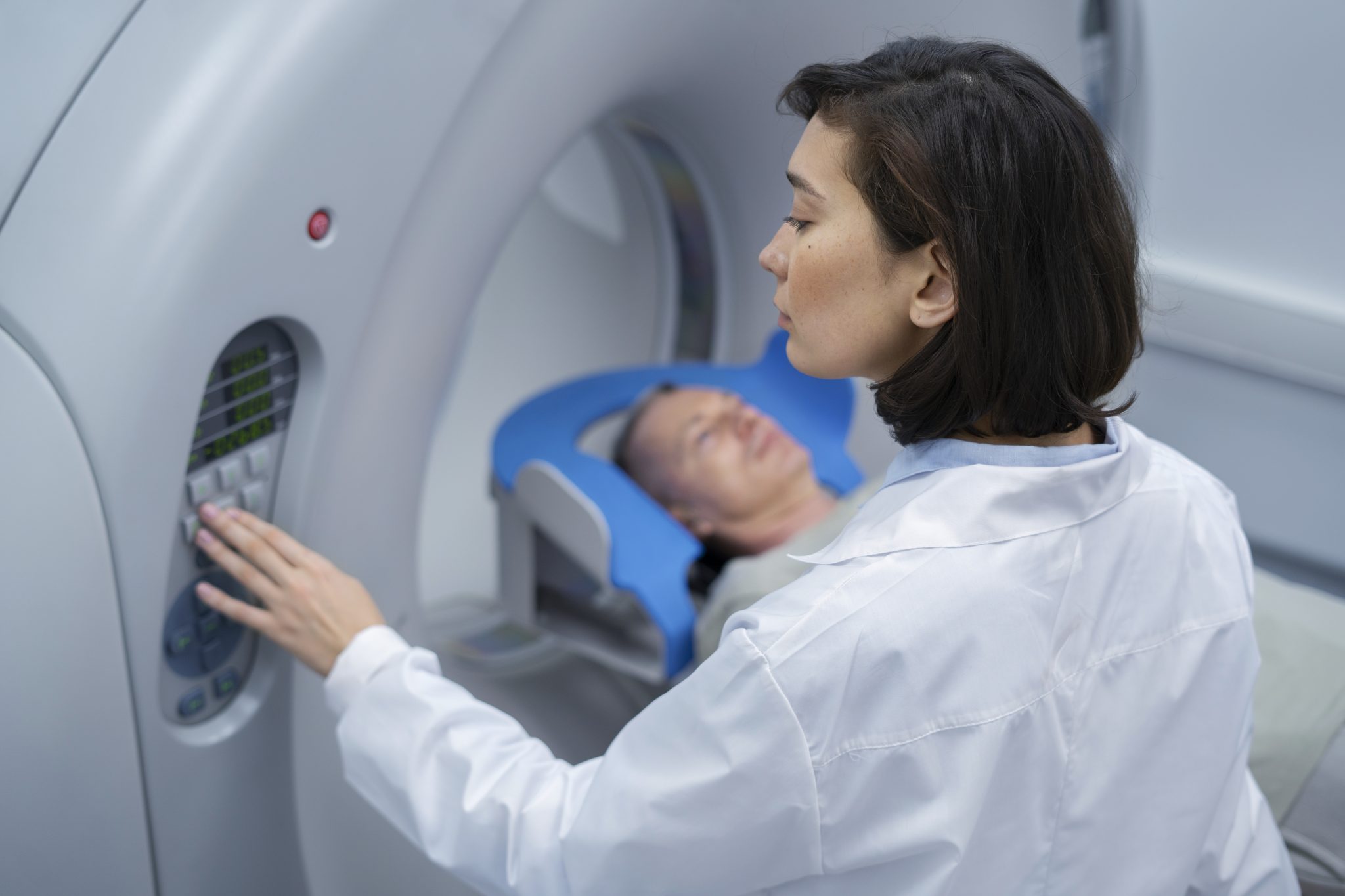Welcome to our research page, dedicated to advancing our understanding and treatment of neuroendocrine cancer. Here, you can explore our initiatives to drive research forward, including the Advancing Research Campaign and how we fund research. Here you can learn how to get involved in clinical trials and read real-life experiences from those living with neuroendocrine cancer. Discover research papers, and find guidance on posing questions to clinics.
Research Information Hub
Learn about research approaches, how to participate in clinical trials, hear from patients about their experiences, and get tips on asking questions at your clinic appointments.
Funding Research
Learn about our ongoing efforts and contributions towards funding critical research initiatives aimed at advancing treatments and outcomes for neuroendocrine cancer.
Research Papers from around the World
Explore research papers from around the world to learn what scientists are discovering about neuroendocrine cancer and how it affects people.
Get Involved
Get involved in studies, clinical trials, or surveys to help advance our understanding of neuroendocrine cancer and improve treatments for everyone affected.
Support Our Research
Neuroendocrine cancer requires more dedicated research efforts. No major research organisation has a specific program focused on this cancer type. Therefore, a critical aspect of our mission is to support researchers and specialist centers engaged in neuroendocrine research and to advocate for increased research in the future. You can also contribute by participating in fundraising events to help support our research initiatives.






